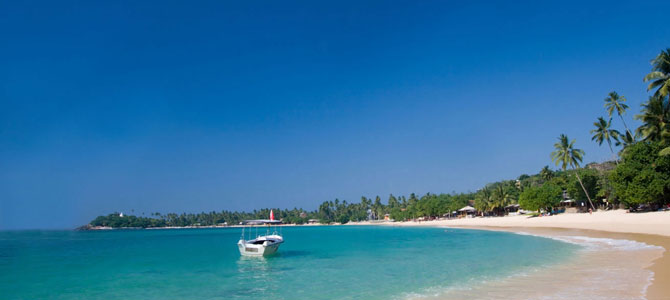
Sri Lanka officially is named as Democratic Socialist Republic of Sri Lanka, situated in the Indian Ocean. As a consequence of its site in the path of main ocean ways, Sri Lanka is a tactical marine link between West Asia and South East Asia. It was a significant end on the very old Silk Road.Sri Lanka has also been a hub of the Buddhist religion and culture from ancient times.Sri Lanka -the pearl of the Indian Ocean is reputed island nation all over the world for several reasons such as
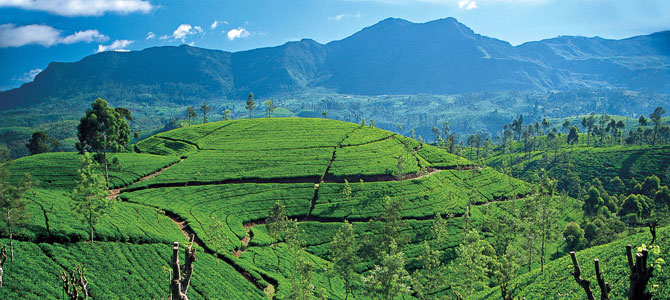
Sri Lanka’s history goes back over 125,000 years as earlier as eras of the Palaeolithic, Mesolithic and early Iron ages. The well known history which was written started with the arrival of Vijaya, first king of Sri Lanka who came here with 700 supporters from the southwest coast of India. King Vijaya set up the Kingdom of Tambapanni, close to modern day Mannar. Vijaya is the opening of the roughly 189 inhabitant royals of Sri Lanka who were ruling Sri Lanka from 543 BC to 1815 AD when it became a colony of British Empire
After some time, the Kingdom of Sri Lanka was changed to Anuradhapura in 380 BC, through the sovereignty of Pandukabhaya. Ever since then, Anuradhapura was the main city of the country for almost 1400 years. Ancient Sri Lankans did extremely well in various productions such as tanks, dagobas and palaces. The civilization experienced a key revolution through the sovereignty of Devanampiya Tissa, by advent of Buddhism from India in 250 BC.Bhikkhuni Sangamitta came to Sri Lanka with the Jaya Sri Maha Bodhi tree in 245 BC, It is well thought-out the oldest tree in the world, with an incessant historical record. Sri Lankan royals have tried some notable structure accomplishments like Sigiriya, the Rock Fortress. It was created throughout the supremacy of Kashyapa I. Sigiriya is a rock fortress surrounded by a widespread network of gardens, reservoirs, and other structures. .During the Anuradhapura era there were some extraordinary creations, constructions and projects done, thus the time was prosperous period
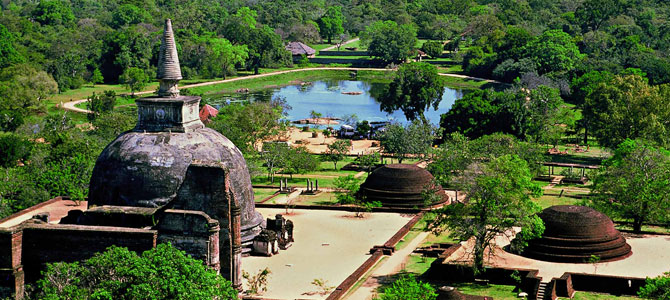
With the descend of Anuradhapura the medieval period of Sri Lanka commenced. Following some major invasions the capital was moved to Polonnaruwa, Later King Vijayabahu I effectively chased the invaders out of Sri Lanka in 1070, and reunited the nation for the first time after a century. He also took steps to re establish the Buddhism here in Sri Lanka.
Sri Lanka's irrigation structure was broadly lengthened in the sovereignty of King Parakramabahu-the Great (1153–1186 AD).He made 1470 reservoirs - highest number of such constructions by any monarch in the history, repaired 165 dams, 3910 canals, 163 major reservoirs, and 2376 mini reservoirs. His famous creation is the Parakrama Samudra- the major irrigation project of medieval Sri Lanka.Polonnaruwa shined as the capital for more than two centuries and later the kingdoms were passed to south and the central parts of the country. After around three centuries in 1505 Portuguese arrived in Sri Lanka and ruled the seaside areas. Then in 1638 Dutch arrived and ruled the coastal areas and finally 1815 Sri Lanka became a colony of the British Empire ending the independence of Sri Lanka.After more than a century following the major efforts put together by the Sri Lankans for the independence the British Government has offered the independence to Sri Lanka in 4th February 1948 The Prime Minister of Sri Lanka (Ceylon) was HE D.S Senanayake who was called “Father of the Nation’.
The location of Sri Lanka is very important and it was the reason for it to be that much concerned by the world from the early days to present. Sri Lanka has been a tourist destination due to its position, its natural beauty, and glorious history.
Sri Lanka puts forward over 1,300 kilometers of calm golden sandy beaches. With its summer throughout the year and two diverse climate schemes, there is always a beach with sunshine at any time and a choice of tranquil seas or stable surf depending on what you sense like. A great deal of Sri Lanka’s landscape appears similar to picture coming to life. In the foggy high ground, the progressing hillsides are enclosed in green carpets and cotton wool skies add saga to the pretty royally urban. As you roam all along the seashore, reddish sunrises and cherry sunsets gesture you, at the same time as fishermen bend in patience on stilts borne above sparkling blue bays for unsounded periods of time. Botanical gardens are heavy with the exciting perfume. The voyage hunter is spoilt for choice in Sri Lanka. The excitement on present is never-ending. The waterfalls in the hill country give attractive sceneries.Sri Lanka is having a large number of tourist destinations within its territory and they are visited and adored by hundreds and thousands of tourists coming from all over the world. They are attracted by the assets that Sri Lanka possesses. Some of them are ancient cities such as Anuradhapura, Polonnaruwa, ancient religious places and events such as Sri Dhalada Maligawa, eye-catching tropical beaches such as Hikkaduwa, Nilaweli, Arugambay and much more.
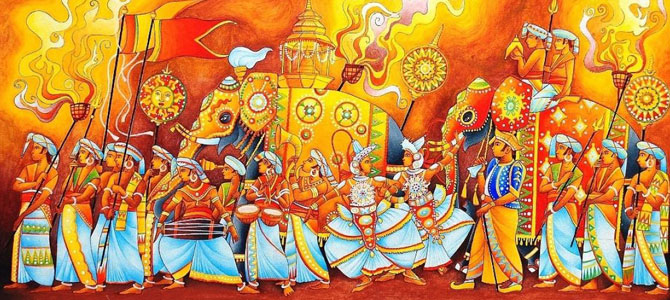
Sri Lankan visual arts, architecture, literature, music and dance, all bear the stamp of the country's centuries-old Buddhist culture. Poetry, as well as music and dance, were almost entirely ceremonial and devotional until well after the fall of the Kandyan Kingdom to the British, but by the mid-19th century Sri Lanka was being opened up to outside cultural influences by the advent of the printing press. However, a strongly conservative Buddhist tradition has not provided fierce political repression which followed the leftist revolts of 1971 and 1987-88 and the ethnic troubles of the 1980s and 1990s have also made it hard for writers to write freely. That said Sri Lanka has its share of home-grown literary talent. Probably the best known of its authors is Michael Ondaatje, author of the acclaimed novel, the English Patient, which is also a popular screen picture.
Music and Dancing in Sri Lanka are still closely tied up with religious ritual. Kandy or 'high country' dance has evolved from village dances performed by the complex rhythms of several drummers who use a percussion instrument called the 'gatabere' – a wooden drum with leather heads of monkey skin at one end and cow-hide at the other, which make contrasting tones.
Dancers, usually women, go through a routine of sinuous pose and flowing arm movements. 'Low Country' or 'devil-mask' dancing is also accompanied by drummers, who use a special 'demon drum' to enhance the steps and movements of dancers wearing the grotesque masks which represent the 18 demons of disease. These dances were and sometimes still are performed with the intention of persuading the demon to leave the afflicted person.
The most prominent examples of Sri Lanka's Buddhist influenced architectural heritage are at the dagobas which can be seen from one end of the country to the other. In the shape of a dome, the dagoba, usually painted white, often enshrines a relic of the Buddha, such as a hair or a tooth, and is usually massively constructed of brick covered with a coat of plaster. The pan tiled roofs and verandahs which grace many older buildings are the legacy of the Portuguese and Dutch. Galle has many fine old Dutch buildings, while in Kandy and Nuwara Eliya there are many surviving buildings from the British colonial era which would not look out of place in an English country town.
Statues of the Buddha are features of ancient temple sites, where they are often carved from the living rock of basalt crags and crafts. The Buddha may be represented standing, reclining or sitting in meditation. Frescoes like those at Sigiriya may display beautiful women, temple dancers or deities.
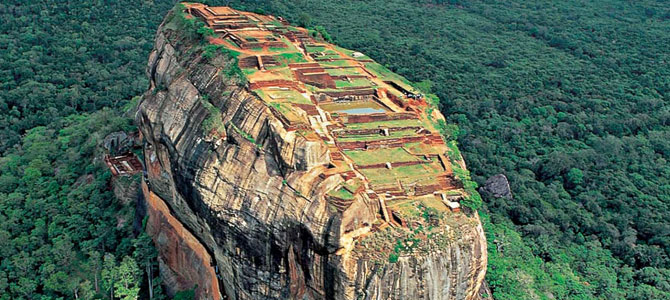
Sri Lankans have triumphed internationally at athletics, among them, 2000 Olympic Games Bronze medallist sprinter Susanthika Jayasinghe and others, including Sriyani Kulawansa and Sugath Tillekaratne. But it is Cricket that is the first and true love of all Sri Lankan sport fans. When Sri Lanka, led by Arjuna Ranatunga, trounced the giants of world cricket to win the 1996 Wills Trophy in one-day internationals, there was dancing in the streets. When Sri Lanka's team is playing in major international events the whole island is watching or listening. Players are major stars, and probably the most popular public figures in the country. Any patch of relatively flat wasteland or village square is likely to have its complement of small boys playing an improvised game and no matter how crude or aged the equipment, the players will be as deadly serious as any World Cup final team. If you are a cricket fan, you may want to watch a game at the Kettarama Stadium in North Colombo or at Asgiriya, in Kandy, where cricket is played from January to April.
Sri Lanka also abounds in water sports, with some excellent scuba diving excursions offered by qualified dive shops.
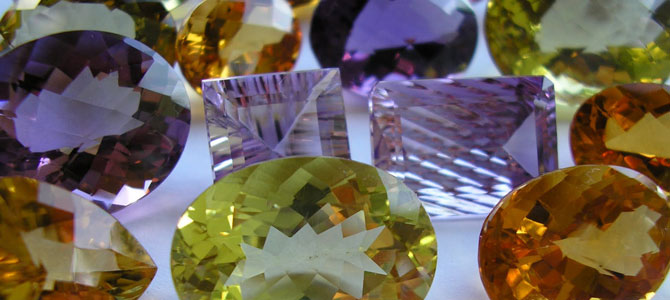
Geologically, Sri Lanka is composed of gneiss, schist, granite, quartzite and crystalline limestone-an agglomerative, quartzite rich gemstone deposits, washed by streams and rivers from the central highlands in to lowland valleys. For more than 2000 years Sri Lanka has been a noted producer of rubies, sapphires, and semiprecious stones such as amethyst, alexandrite and topaz. From a coastal plain, the island rises to an area of South-Central highlands, which reach their highest point at Pidurutalagala (2524m/ 8281ft. Two major rivers flow out of the highlands - the Mahaweli, which flows North-East to reach the Indian Ocean near Trincomalee, and the Walawe, which joins the ocean near Hambantota on the South coast. A third, the Aruvi, flows out of the Northern fringes of the highlands and the dry zone which surrounds them, emptying into Palk Bay on the Northwest coast.
Sri Lanka's natural harbours have made the island a magnet for mariners throughout its history, from the legendary Sindbad the Sailor to the Portuguese navigator Vasco de Gama and the others who followed in search of the untold wealth of the fabled Orient. Modern visitors are as likely to be drawn by some 1600km of sandy beaches, warm Indian Ocean waters and coral reefs.
